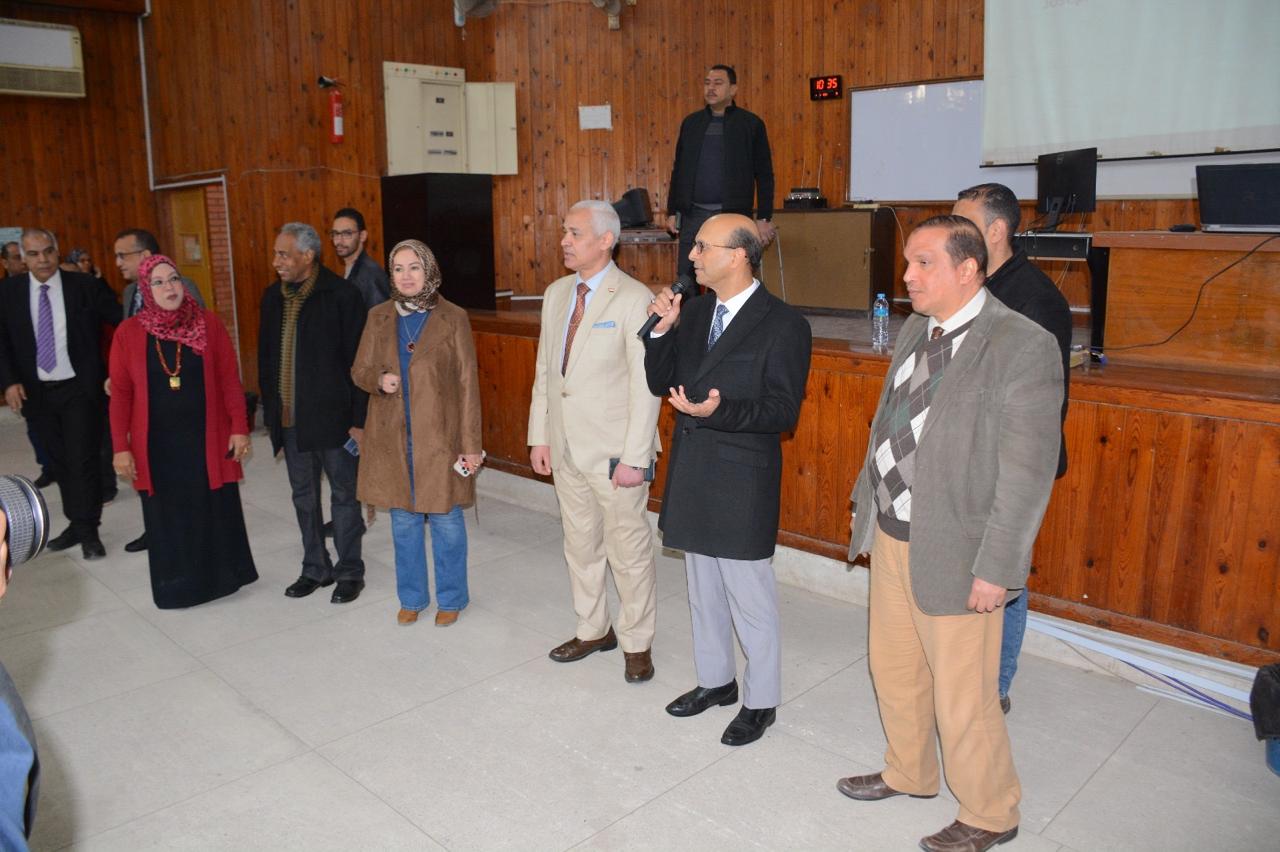L-asparaginase-mediated pH shift and carbon dot fluorescence modulation: A sensitive ratiometric method for quantifying L-asparagine in diverse potato varieties under variable storage conditions
This study presents a novel and selective method for the determination of l-asparagine in diverse potato varieties under various storage conditions. L-asparagine levels serve as a crucial indicator for acrylamide formation, a hazardous substance in processed potato products. The fluorometric method utilized blue-emitting CDs (B-CDs), orange-emitting CDs (O-CDs), and the enzyme L-asparaginase for ratiometric detection of L-asparagine. Upon enzymatic hydrolysis of L-asparagine by L-asparaginase, liberated ammonia induced a pH increase in the reaction medium. This pH shift enhanced the fluorescence of B-CDs while simultaneously decreasing that of O-CDs, enabling sensitive and selective L-asparagine quantification. Comprehensive characterization of the CDs was performed using various spectroscopic techniques and transmission electron microscopy. The method demonstrated excellent sensitivity …









